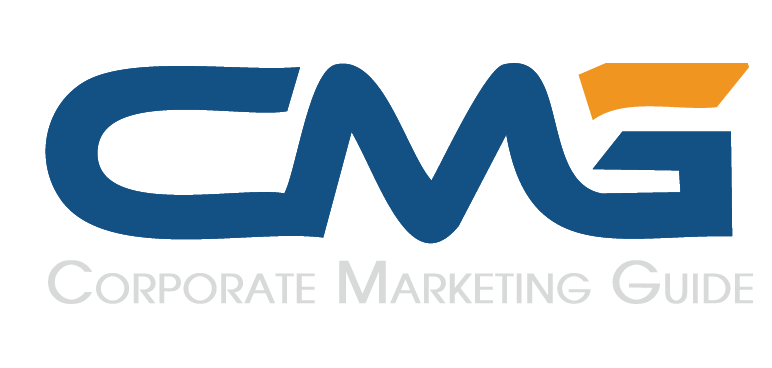Tracking client progress is at the heart of any behavior therapy practice. Therapists need accurate, consistent, and timely data to understand how a client is responding to treatment and to make informed decisions about interventions. Traditional methods—such as handwritten notes and paper charts—are time-consuming, prone to errors, and often difficult to analyze. Modern ABA software tools are changing that by making progress tracking simpler, faster, and far more effective.
With the right platform in place, therapists can shift their focus from paperwork to people, all while gaining deeper insights into client development. Here’s how software improves the way goals and outcomes are monitored.
Real-Time Data Collection
One of the biggest advantages of going digital is real-time data entry. Rather than waiting until the end of a session—or the end of the day—therapists can record data as it happens using a tablet or laptop. This immediacy ensures higher accuracy and reduces the risk of forgotten details or missing measurements.
Even more importantly, the data becomes accessible instantly. Supervisors and team members can log in to review performance metrics, goal progression, and session notes without having to chase down paper records or wait for end-of-week summaries.
Visual Progress Monitoring
Software platforms typically include graphing tools that automatically translate raw data into easy-to-read visuals. These charts help therapists and clinical supervisors quickly identify trends, plateaus, or regressions. Having access to ongoing visual feedback allows for more timely and targeted adjustments to treatment plans.
Rather than manually entering numbers into spreadsheets or creating graphs by hand, therapists can rely on built-in tools to handle it all. This not only saves time but also allows for a more objective, data-driven approach to treatment decisions.
Customizable Goal Templates
Every client is different, and treatment plans need to reflect that. Digital platforms often provide customizable goal templates that can be tailored to individual learning styles, behavioral targets, or developmental levels. Goals can be broken into measurable objectives with specific criteria for success.
These templates make it easier to maintain consistency across sessions and among different therapists. When everyone is working from the same structured format, data becomes more reliable and meaningful.
Enhanced Collaboration
Progress tracking doesn’t stop with the therapy team. Many platforms include secure portals for caregivers, allowing them to view summaries of goal progression and session highlights. This level of transparency supports stronger family engagement, which is a key factor in long-term client success.
For clinics with multiple locations or mobile therapy services, having all data centralized in one place ensures that every staff member is working from the same up-to-date information. That consistency improves both clinical quality and operational efficiency.
More Than Just Compliance
While accurate data tracking is essential for insurance and regulatory compliance, its value goes far beyond meeting minimum requirements. ABA software helps turn everyday session data into powerful insights that drive better outcomes, more personalized care, and greater therapist satisfaction.
By modernizing your progress tracking system, you not only improve your internal processes but also elevate the level of care you provide. That’s the kind of impact every therapy team can stand behind—efficient, evidence-based, and truly client-centered.
Also Read: Decathlon Sports India PVT LTD in Azara, Guwahati



